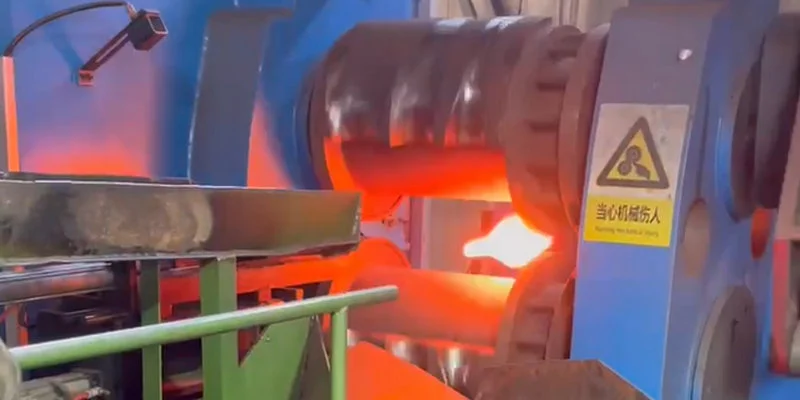Pag init ng katawan
Preheating: Some materials require gradual heating to minimize thermal shock. This initial heating is often done slowly to a specific temperature range.
Heating to Austenitizing Temperature: This is the temperature at which the material’s microstructure changes significantly. For steel, this temperature varies based on its composition and intended properties.
Pagbabad
Awteritisismo: Holding the material at the austenitizing temperature for a specific period allows for the transformation of the microstructure. The duration depends on the material’s thickness and composition.
Paglamig
Pagpapawi: After soaking, the material is rapidly cooled. There are various quenching mediums such as oil, tubig, or air. Quenching rates affect the final properties; faster rates generally result in increased hardness.
Post-Quenching Treatment (if needed)
Paghina ng loob: After quenching, the material may be too brittle. Tempering involves reheating it to a lower temperature, allowing some toughness to return without sacrificing too much hardness.
Additional Processes (as necessary)
Annealing: This involves heating the material to a specific temperature and allowing it to cool slowly, relieving internal stresses and improving machinability or ductility.
Normalizing: Similar to annealing, but the material is cooled in still air instead of a controlled environment, aiming for a more uniform grain structure.

Oras ng Paglabas: Enero 5, 2024
